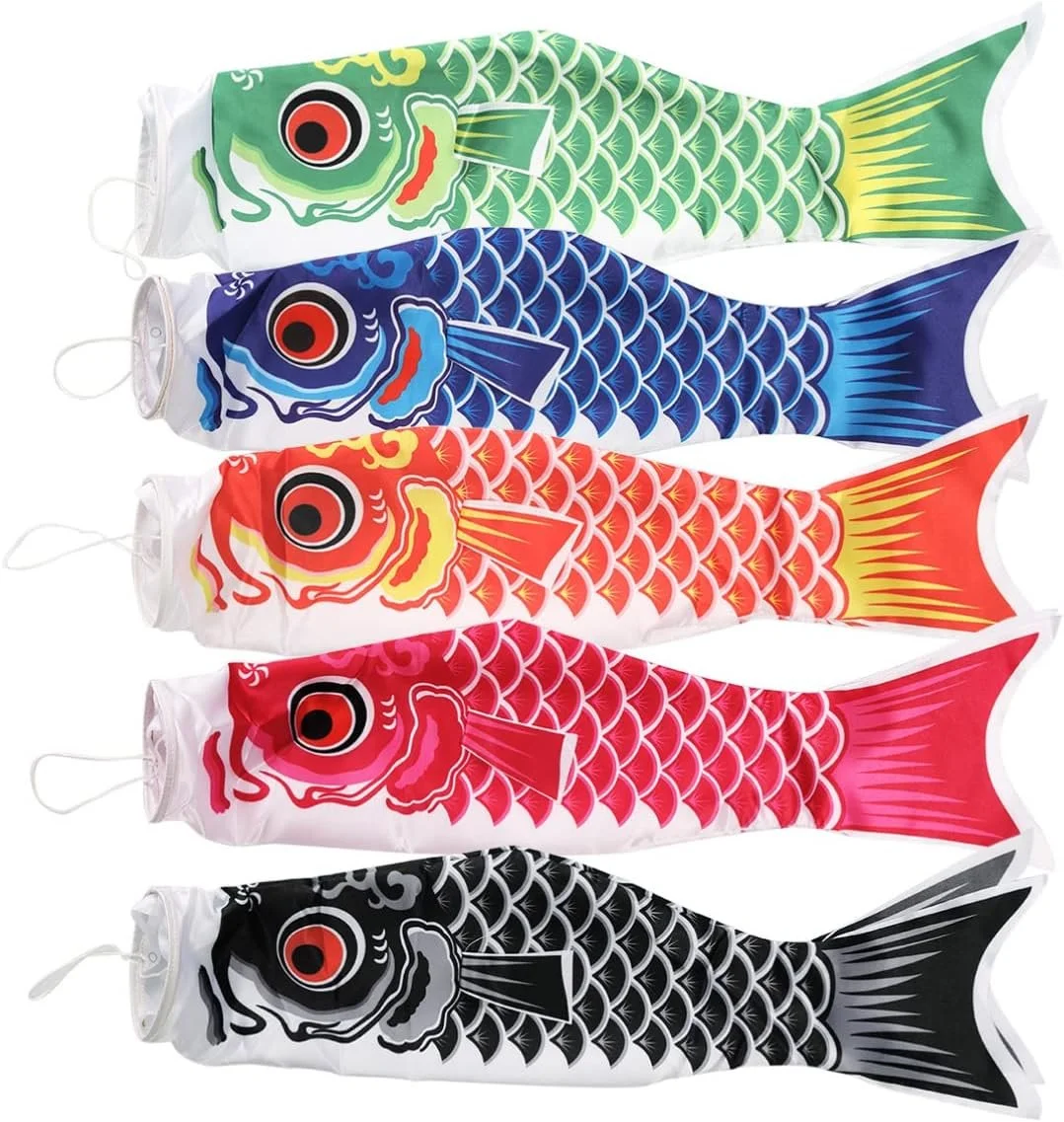Designated a national holiday by the Japanese government in 1948, Children's Day is a day set aside to respect children's personalities and to celebrate their happiness. It takes place annually on May 5, the fifth day of the fifth month.
Tango no Sekku
Childrens Day in Japan was originally called Tango no Sekku
The day is also celebrated in China, Taiwan, Hong Kong and Macau as the Duanwu Festival or Tuen Ng Festival (Cantonese), and in Korea as the Dano Festival (festival at the beginning of summer) and was for boys only. It has since become a celebration of children of both genders.
Koinobori
Prior to Children's Day, many Japanese families raised carp-shaped koinobori flags over their homes to celebrate children. The carp comes from a Chinese legend in which a carp swims upstream becomes a dragon. The carp subsequently represent strength and success in life. When the flags blow in the wind they appear to be swimming.
While most koinobori are flown from flagpoles, children sometimes carry smaller versions at the end of short sticks.
In Making Peg Dolls, Margaret Bloom offers a Japanese Children's Day scene in which two peg dolls in traditional kimono are carrying small, fluttering koinobori. This traditional song accompanies them:
Higher than the roof-tops are the koinobori
The Large carp is the father,
The smaller carp are children,
They are enjoying swimming in the sky.

